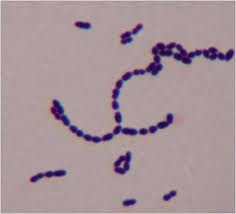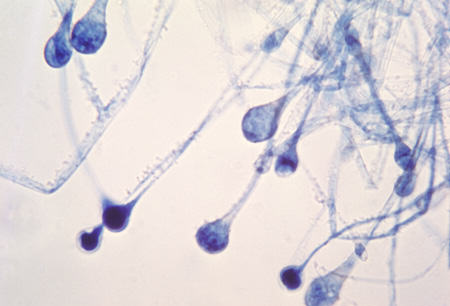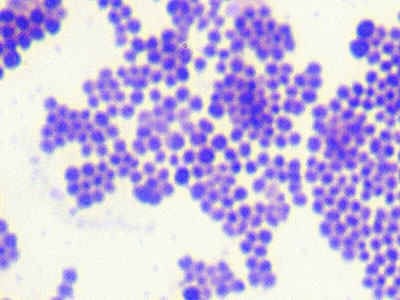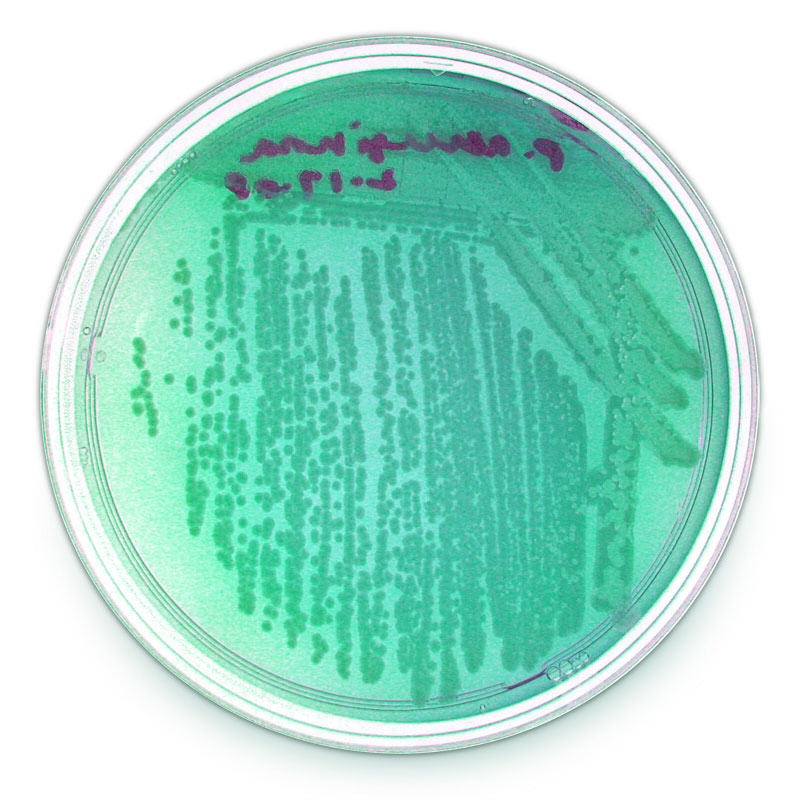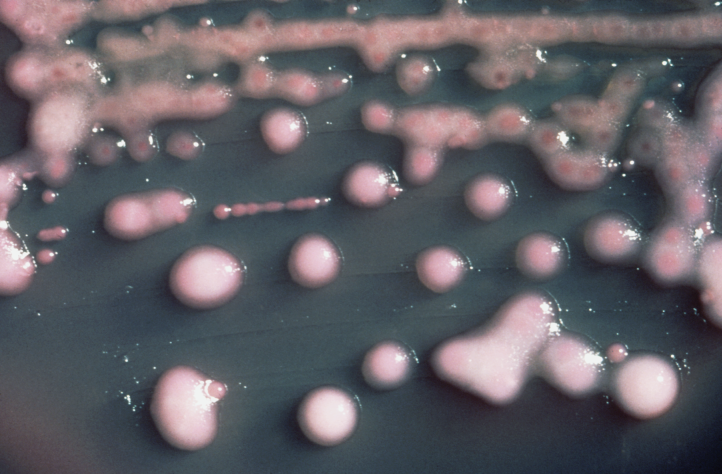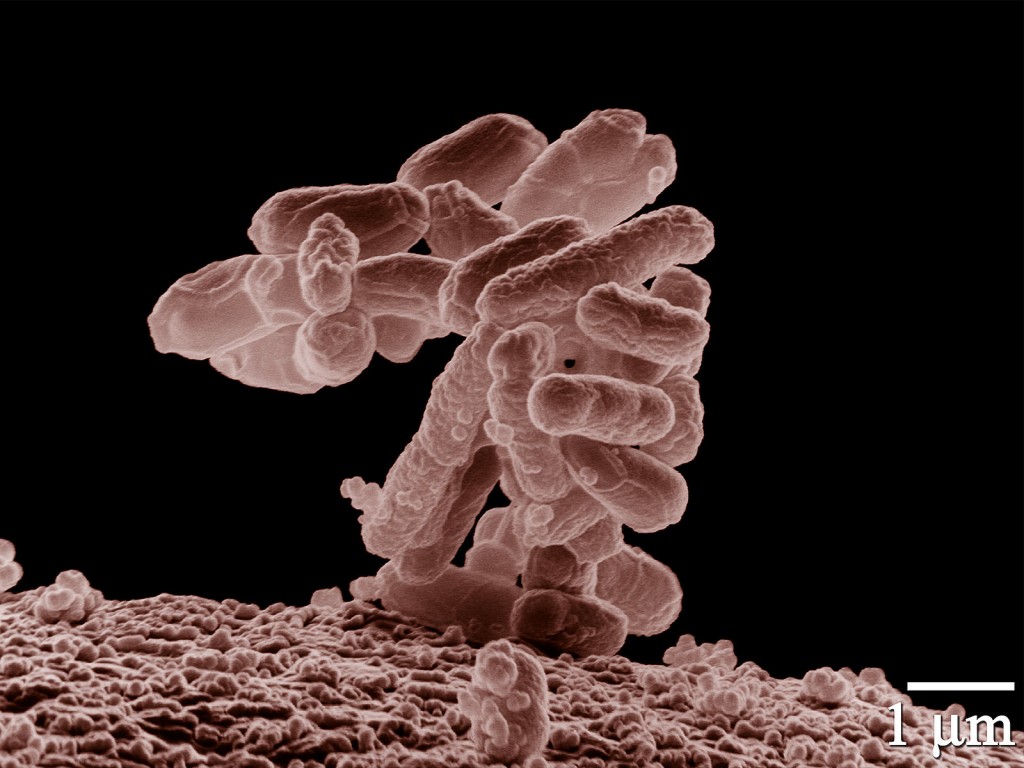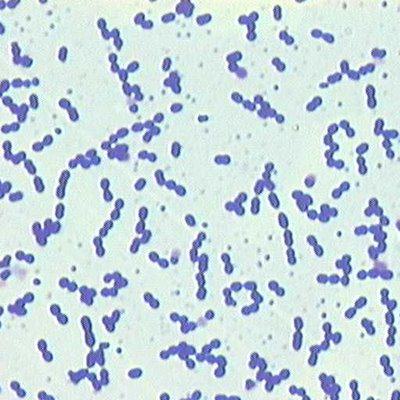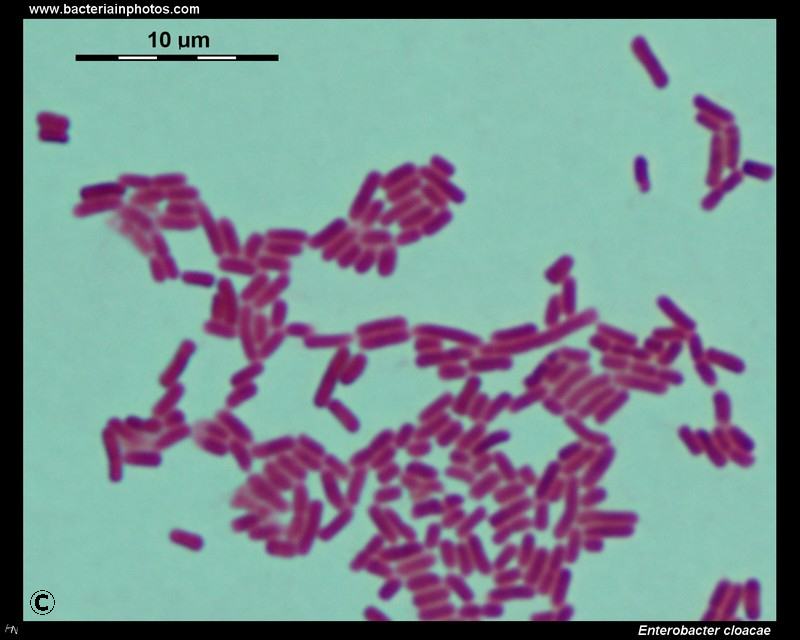Streptococcus pyogenes
Streptococcus pyogenes refers to a specific genus and species pair which shares many common characteristics with a wide range of microorganisms in the same genus. For sake of convenience at the expense of scientific specificity, we will refer to Streptococcus pyogenes from here on out simply as strep, although this is understood to apply only …
